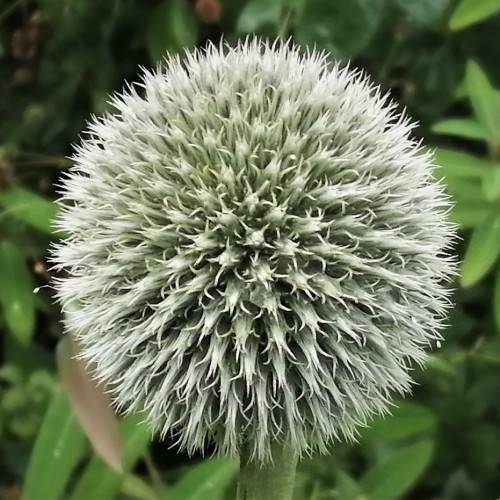
globe thistle
Echinops gmelinii
Cycle:
Herbaceous Perennial
Watering:
Average
Hardiness Zone:
3 - 8
Flowers:
Flowers
Sun:
Full sun
Leaf:
Yes
Growth Rate:
Low
Maintenance:
Low
Drought Tolerant:
Yes
Salt Tolerant:
Yes
Thorny:
Yes
Invasive:
Yes
Care Level:
Medium
watering
Globe thistle (Echinops gmelinii) should be watered regularly and evenly with about an inch of water every week. Provide well-drained soil and water only when the top of the soil feels dry to the touch. During hot, dry weather, you may need to increase the frequency of watering during the summer months. In winter, water less but ensure the soil doesn't dry out completely. It's best to fertilize your globe thistle plant with a balanced, granular fertilizer once in spring and once again in early autumn.
sunlight
Globe thistle requires full sunlight for optimal growth. When grown outdoors, the plant should get around 6 to 8 hours of direct sunlight each day, ideally from morning until early afternoon. In areas with extreme heat, the plant can benefit from some indirect sunlight in the late afternoon to ward off sunburn. When grown indoors, the plant should be placed in a spot that receives bright, indirect sunlight for at least 4 hours a day. It is important to note that too much direct sunlight can cause sunburn and other damage to the plant, so it is important to monitor exposure and adjust accordingly.
pruning
Globe thistle should be pruned sparingly, if at all. Pruning can be done at any time but is best conducted in late spring or summer, when the plant is in full bloom. To prune, remove dead, diseased, or damaged stems and spent flower heads. Trim back tall or overgrown stems to maintain an attractive shape and accentuate the peculiarly shaped flowers.
